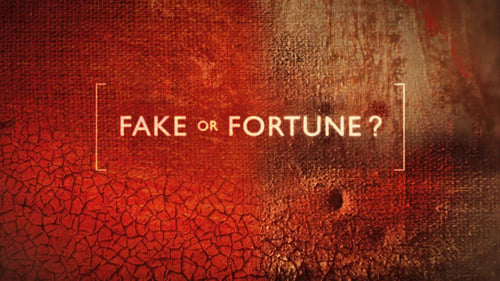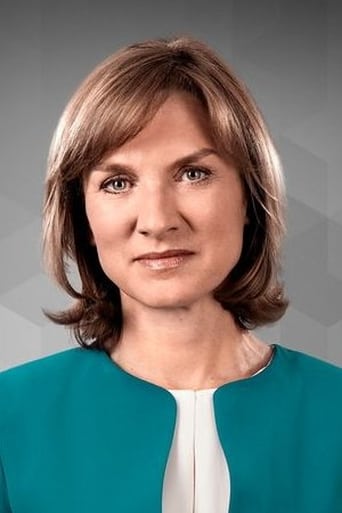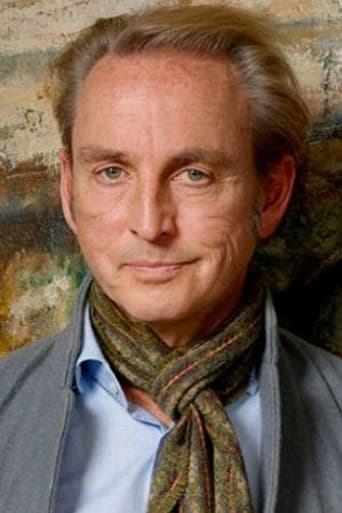TrueHello
Fun premise, good actors, bad writing. This film seemed to have potential at the beginning but it quickly devolves into a trite action film. Ultimately it's very boring.
Alessandro Vincinni
These TV series are about sleepers - works of art by famous artists that escaped catalogs and were missed by auction experts. It is quite entertaining, and would appeal to people interested in old masters, impressionists and early 20 century art. The team spends amazing amounts of time traveling around the world in search for clues in archives, trying to cover gaps in picture's provenance, meeting world experts and performing pigment and canvas analysis. This process is like an exciting detective story, quite often more interesting than the picture itself which in many cases is a relatively mediocre piece by a famous artist (like in episodes about Monet or Degas). I think the most interesting episodes were about Van Dyck and Van Meegeren.I hope they make the 4th season of this show. Since in most cases the paintings turn out to be genuine, it might be more interesting if more fakes would be shown, to make it less predictable. Also although the price aspect is important for owners and art dealers it would be great if the art and history aspect would somehow be given higher priority.
classicalsteve
In the book and later film "the Da Vinci Code", much of the opening scenes take place in the most prestigious art gallery in the world: The Louvre in Paris, France. From the Louvre in Paris, to the French countryside, to Westminster Abbey in London, fictional characters Robert Langdon and his female companion Sophie Neveu embark on a trail which combines religious and art history with an action-packed thriller. Take away the car chases and the assassinations, but add real-life works shrouded in both inspiration and mystery. Then add to the mix attractive detectives on the hunt to reveal the truth about important and valuable works of art, both modern and old-master, and you just might end up with "Fake or Fortune?".The relatively recent BBC series involves three art historian-detectives who are on a never-ending quest to discover the truth about intriguing paintings which have crossed their paths, either by accident or design. The paintings being researched share a few things in common: they are not on display in a prestigious museum and/or they are in private hands. All of them share the distinction of not being attributed to a great master artist. Philip Mould is a real-life art historian and dealer, the series' equivalent of Robert Langdon. His career which spans a quarter-century before the series went on air involves hunting down lost art. At the beginning of his career he bought a painting at a humble auction for only £180 (about $275 US) before research revealed it was a 17th-century painting, later resold for £12,000 ($20,000 US).Although the fictional character Sophie Neveu is a forensics detective, Fiona Bruce has some interesting similarities, having been an award-winning television journalist with the BBC and an appraiser on the UK version of the Antiques Roadshow. Her tasks on the show involve historical investigations, often discovering the contexts when a work in question was produced and later events which also impacts a work's provenance, i.e. its history. Lastly but not least is Bendor Grosvenor, who, like his colleague Mould, is interested in lost and mis-catalogued works of art. Grosvenor is often the one to find missing paintings in catalogs at auctions or other places where a masterpiece might be hidden. Sometimes he and Mould discover works for sale which are completely misattributed. He also researches provenance history and uses technology to demonstrate certain aspects of an artwork which under current investigation.So far there have been about 10 episodes broken up into 3 series, with a 4th hopefully on the way. Among the highlights have been a painting thought to be a Rembrandt, once confiscated by the Nazis in the 1930's, a couple of paintings attributed to unknown artists which Mould believes could be by one of Britain's most important artists, Thomas Gainsborough, and some early 19th-century Turners stashed in the basement of an art gallery when experts from the 1950's believed they were misattributed. (Some sailing experts have refuted some of the series' conclusions stating the boats in the pictures may be in fact from the early 20th century, not the 19th.) My favorite thus far is a lost Van Dyck from the early 17th century possibly painted over in the 18th century. I won't reveal all the details of this episode but to say that this is one of the best finds by the three colleagues, and must have been a shock and surprise to the art world at large.Overall, one of the most fascinating documentary shows of recent memory, which makes PBS' the History Detectives seem a little tame by comparison. If you like the Da Vinci Code, the Antiques Roadshow (both UK and US versions), and the History Detectives, you can't go wrong with "Fake or Fortune?" Excellent job, BBC. Please tell PBS to broadcast more episodes.



